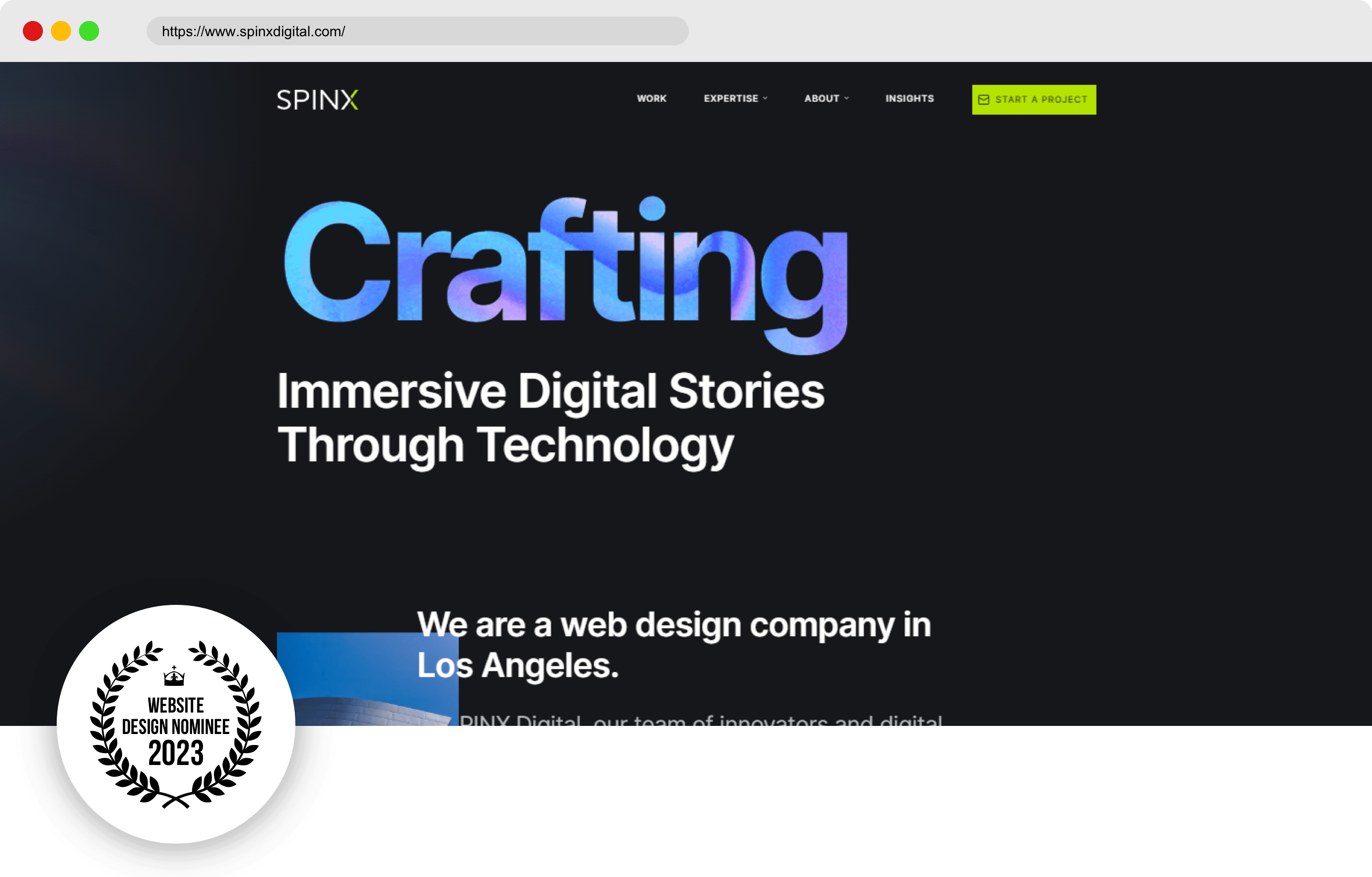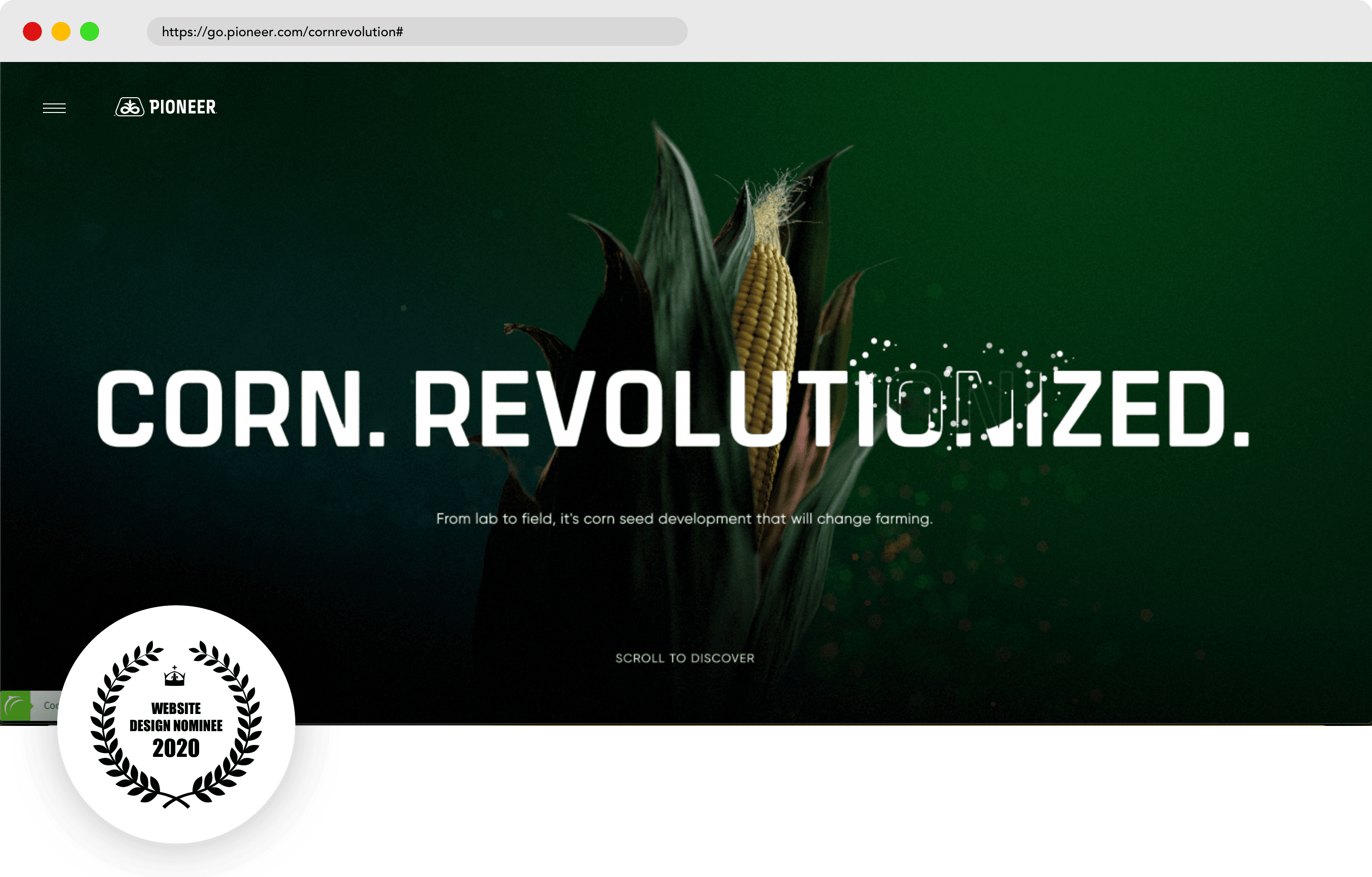Elevate Your Online Visibility with Professional Website Design Techniques
Understanding the Duty of Responsive Style in Modern Site Development
In today's electronic landscape, responsive layout is no more a luxury yet a requirement in website growth. As individuals accessibility web sites from an array of devices, from extensive desktop keeps track of to pocket-sized mobile phones, making certain a regular and engaging customer experience is vital. Responsive style accomplishes this by utilizing adaptable designs and scalable media, satisfying the nuanced needs of each gadget. Yet, the value of receptive style prolongs beyond individual experience-- it is also a vital consider search engine optimization and availability. Exactly how precisely does it affect these locations, and what strategies ensure its efficient execution?
Relevance of Responsive Layout
In today's electronic landscape, the importance of responsive design in website development can not be overstated. As consumers increasingly rely on a variety of devices-- varying from home computer to smart devices and tablet computers-- making sure a seamless user experience across all platforms has become important. Responsive design permits internet sites to instantly readjust their design and performance based on the display dimension and positioning of the device being used. This flexibility boosts individual interaction and complete satisfaction by offering consistent accessibility to material without requiring hand-operated changes such as scrolling or zooming.
Additionally, responsive layout is important for search engine optimization (SEARCH ENGINE OPTIMIZATION) Internet search engine like Google focus on mobile-friendly sites in their search results, indicating that a responsive style can considerably influence a site's presence and ranking. This optimization not just improves the individual experience yet likewise drives natural web traffic and raises the capacity for conversion and earnings generation.
Furthermore, receptive design uses businesses an economical solution by getting rid of the demand for multiple versions of an internet site. By improving internet growth processes and minimizing upkeep efforts, business can designate resources more effectively, inevitably leading to boosted roi. Therefore, receptive layout is essential in today's affordable electronic setting.
Key Aspects of Responsive Style
To properly implement responsive design, it is important to concentrate on several key aspects that make sure ideal capability and customer experience throughout varied tools. Among the basic parts is the flexible grid layout, which allows designers to create liquid grids that automatically adapt to various display dimensions. This makes certain that web content keeps symmetry and readability, no matter the gadget being utilized.

Additionally, touch-friendly navigation is important for responsive style. Executing quickly tappable buttons and intuitive gesture controls boosts use on touchscreen tools. Focusing on efficiency optimization is also crucial, as it improves loading times and decreases bounce rates, particularly on mobile networks with variable rate.
Last but not least, using a mobile-first strategy makes sure that the style is at first optimized for smaller displays prior to broadening to accommodate desktop computers. This approach ensures that important functionality and visual appeals are preserved throughout all systems, ultimately enhancing the overall customer experience.
Influence On Customer Engagement
Receptive style significantly affects user interaction by enhancing availability and complete satisfaction throughout various tools. By guaranteeing that an internet site's layout adapts flawlessly to different screen dimensions, Extra resources responsive style permits individuals to accessibility content easily, whether they are making use of a smartphone, desktop computer, or tablet computer . This adaptability minimizes the demand for unneeded zooming or scrolling, giving a more user-friendly and positive browsing experience. Consequently, customers are most likely to stay on the website much longer, discover added web pages, and communicate with the material, every one of which are vital indications of increased interaction.
Moreover, receptive layout Read More Here adds to quicker page filling times, which is critical for preserving individual interest. Users are much more inclined to abandon a website if it takes also lengthy to lots, specifically on mobile devices. By optimizing efficiency for varied platforms, receptive style reduces packing delays, maintaining individuals involved and minimizing bounce rates.
Search Engine Optimization Perks of Responsive Design
While boosting individual experience is a primary objective, responsive layout also plays an essential duty in enhancing a website's search engine optimization (SEARCH ENGINE OPTIMIZATION) Search engines, especially Google, prioritize mobile-friendly internet sites, therefore compensating those that use smooth experiences across tools. Responsive layout guarantees that an internet site adapts to various display sizes, getting rid of the demand for separate mobile and desktop computer versions. This versatility not just enhances individual experience yet likewise lowers the risk of duplicate web content, which can negatively affect search engine optimization positions.
Furthermore, responsive style help in faster web page filling times, a crucial aspect in search engine optimization. Internet search engine prefer websites that load rapidly, acknowledging that customers are more probable to desert websites that take also lengthy to present. By using receptive layout, developers can optimize images and streamline content, ensuring efficient loading and improved search engine positions.
In addition, a natural link framework across devices simplifies the indexing procedure for search engines, boosting crawl performance. This harmony in URLs reinforces a site's authority and trustworthiness, causing enhanced visibility in search results. In recap, receptive style is not merely a fad yet an essential component of SEO approach, making sure web sites are both user-friendly and look what i found search engine suitable.
Carrying Out Responsive Layout Methods
In the world of modern web advancement, executing receptive style approaches is comparable to crafting a functional canvas that readjusts perfectly to different screen dimensions. Another critical strategy includes using media queries, which make it possible for developers to use various styles based on the features of the tool, such as width, height, and resolution.
Responsive photos and media are also crucial components. By making use of methods like CSS media queries and the HTML 'image' aspect, developers can offer properly sized photos based upon the individual's gadget, optimizing lots times and improving individual experience. In addition, the consolidation of fluid typography ensures that message is clear and cosmetically pleasing on any kind of display, achieved with scalable devices like 'rem' and 'em'.

Verdict
Responsive design makes up an essential element of modern site advancement, considerably boosting user experience throughout a variety of tools. By integrating adaptable formats, scalable pictures, and touch-friendly navigation, it enhances customer interaction and enhances website performance. Moreover, responsive style is pivotal for search engine optimization, as it lines up with search engines' preference for mobile-friendly sites, therefore enhancing exposure and organic traffic. Eventually, carrying out responsive layout strategies ensures improved availability and usability, providing websites a lot more user-centric and effective.
To properly apply receptive layout, it is essential to focus on a number of vital elements that make sure ideal capability and individual experience across diverse tools.Receptive layout significantly affects individual engagement by enhancing access and complete satisfaction across different devices. By ensuring that a website's layout adapts effortlessly to different screen sizes, receptive design permits individuals to gain access to material easily, whether they are using a mobile phone, desktop, or tablet .While improving customer experience is a main goal, receptive design additionally plays a crucial function in enhancing a website's search engine optimization (SEO)Responsive design constitutes a crucial facet of modern internet site growth, considerably boosting user experience throughout a variety of gadgets.